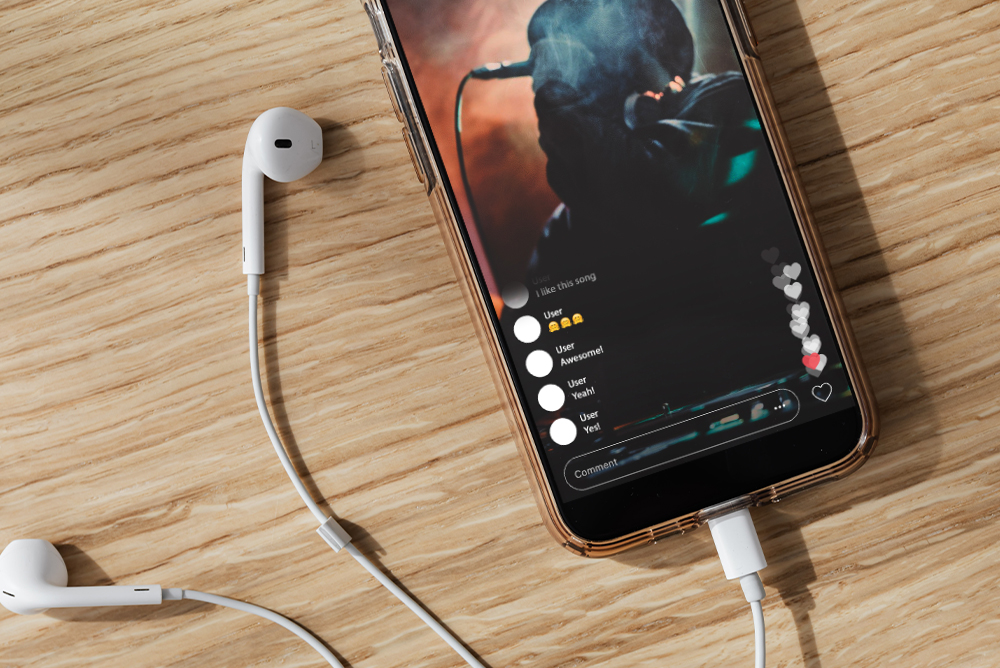When your favorite artist has a concert, it’s irresistible to buy a ticket and go to the show, right? But, have you ever experienced heavy traffic on the way to the concert? Or have you been disappointed when all the good seats sold out in the first 30 seconds? Or perhaps the gig was held in another country and the flights there were too expensive? We’re sure many of you have experienced these and other concert-related mishaps.
Fast forward to 2020 and the spread of Covid-19 has transformed many things, including the entertainment industry. Due to closures and social distancing rules, many bands and soloists have not been able to perform large concerts and smaller gigs. That is where technology steps in. Now, instead of organizing physical concerts, these same musicians and singers are holding live music shows through social media sites Facebook, Instagram, YouTube and Zoom, to name a few. Some of them are even using Twitch, a platform previously only utilized by serious gamers for online streaming.
And it’s not just artists getting in on the new technology action, talks shows, podcasts and news outlets are also starting to take advantage of technological innovation to assist with their remote work. For example, Miley Cyrus has been live-streaming a series called Bright Minded on her Instagram feed, wherein she and special guests discuss how to stay LIT during dark times. Indeed, many top international and local artists are live-streaming free concerts and events to raise donations for Covid-19 related charity projects.
To avoid total cancellation, many major events are also moving from the physical to the virtual. One such example is the biggest EDM festival in the world – Tomorrowland. They recently announced that their summer 2020 event, Around the World – the digital festival, will be solely online but still feature the world’s best 3D design, video production, and special effects.
From the artist’s side, live streaming can be hard though as there is no actual audience participation or interaction, they are merely singing on their own into a camera. There are not excited fans singing and waving at them. With this problem in mind, Mr Samkwan “Moy” Tonsompong, the managing director of Bangkok-based record label What the Duck, set about to organize the first live, interactive online concert in Thailand.
Named as the Whal & Dolph Online Market Concert, the event is a step up from live streaming to live interactive online concert, allowing bands/artists and fans to interact with each other. They are achieving this via the video conferencing tool Zoom, which has launched a special application specifically for the concert. The idea is so unique and attractive that all 1,000 tickets for the event sold out as soon as they went on sale!
To make the event genuinely interactive, Zoom has developed a range of new features, for example, participants can change their background for each song; when the song is about rain, they can have a rainy background. Moreover, convert-goers can send text messages directly to the performers and change the color of their mobile phone screen to turn it into a light to wave about, just like a lighter or glow stick at a real live gig.
Believe it or not, this could turn into a “new normal” for performers in the entertainment industry. This is just one of the hundreds, if not thousands, of examples of how the Covid-19 pandemic has brought about technological and societal change. Nowadays, the key to survival is adaptability and flexibility. The good news for lovers of the arts is that in due course we may be able to join any concert, Broadway show or gallery opening we like without leaving the comfort of our own home!



